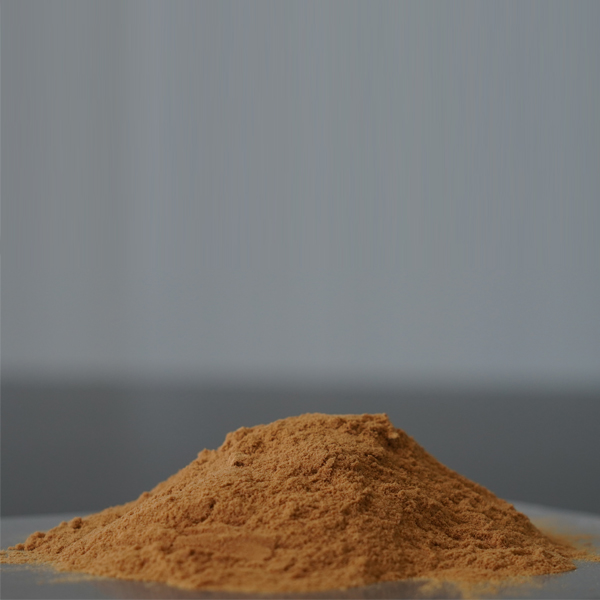
News
Қаз . 21, 2024 05:17 Back to list
Essential Micronutrients for Healthy Rose Plant Growth and Development
Micronutrients for Rose Plants Essential Elements for Vibrant Blooms
Roses are one of the most beloved flowering plants globally, cherished for their beauty, fragrance, and variety. However, to cultivate robust rose plants that produce stunning blooms, attention must be paid not only to their macronutrient requirements but also to their micronutrient needs. Micronutrients are essential elements that, although required in smaller quantities than macronutrients, play a crucial role in the overall health and vitality of rose plants. This article delves into the importance of micronutrients for roses, their functions, and how to ensure these flowers receive adequate amounts.
Understanding Micronutrients
Micronutrients, commonly referred to as trace elements, include iron (Fe), manganese (Mn), zinc (Zn), copper (Cu), boron (B), molybdenum (Mo), and chlorine (Cl). Each of these nutrients serves specific functions that are vital to the physiological processes of rose plants. While macronutrients like nitrogen, phosphorus, and potassium are needed in larger amounts, micronutrients are just as crucial for promoting healthy growth, floral development, and disease resistance.
The Role of Micronutrients
1. Iron (Fe) Iron is essential for chlorophyll synthesis, which is critical for photosynthesis. A deficiency in iron often leads to chlorosis, a condition characterized by yellowing of leaves, particularly in young foliage. Ensuring adequate iron levels can enhance the overall green vigor of rose plants.
2. Manganese (Mn) Manganese aids in the uptake of nitrogen and the synthesis of chlorophyll. It also plays a role in enzyme activation. Deficiency symptoms may include interveinal chlorosis and poor growth.
3. Zinc (Zn) Zinc is crucial for the production of growth hormones and enzyme activity. Insufficient zinc can lead to leaf curling, reduced flower size, and overall stunted growth.
4. Copper (Cu) Copper is involved in photosynthesis and the metabolism of carbohydrates and proteins. It also contributes to the health of the vascular system in plants. Lack of copper can result in wilting and underdevelopment of flowers.
5. Boron (B) Boron is vital for cell wall formation and reproductive growth. It affects pollen viability and fruit development. Deficiency in boron can manifest as poor flowering and reduced fruit set.
6. Molybdenum (Mo) Molybdenum aids in nitrogen fixation and is crucial for the management of other nutrients within the plant. While deficiencies are rare, they can lead to severe stunting and yellowing.
micronutrients for rose plants

7. Chlorine (Cl) Chlorine plays a role in photosynthesis and helps maintain plant turgor. Its deficiency can impact overall plant growth, although excessive amounts can lead to toxicity.
Ensuring Adequate Micronutrient Levels
To keep roses healthy and vibrant, the application of micronutrients is essential. Here are some effective methods
1. Soil Testing Before planting, conduct a soil test to assess nutrient levels. This will help determine the specific micronutrients that may be lacking and inform subsequent fertilization decisions.
2. Fertilizers Use balanced, slow-release fertilizers that contain micronutrients. Look for products labeled as complete or micronutrient-enriched to ensure roses receive a full spectrum of essential elements.
3. Foliar Sprays In cases of specific deficiencies (like iron or zinc), foliar sprays can be effective for quick absorption. These sprays allow for immediate impact and correction of deficiency symptoms.
4. Organic Amendments Compost and organic fertilizers often contain trace amounts of micronutrients. Regularly adding organic matter to the soil not only improves its structure but also enhances nutrient availability.
5. pH Monitoring The availability of many micronutrients is influenced by soil pH. Regularly checking the pH levels and adjusting them appropriately will ensure that these nutrients are accessible to the roots of the plants.
Conclusion
In conclusion, micronutrients are indispensable for the cultivation of healthy and beautiful rose plants. They significantly contribute to growth, flowering, and resilience against diseases and environmental stresses. By ensuring that roses receive a balanced supply of these essential elements, gardeners can enjoy the full beauty and aromatic pleasure that these magnificent flowers have to offer. Happy gardening!
-
Polyaspartic Acid Salts in Agricultural Fertilizers: A Sustainable Solution
NewsJul.21,2025
-
OEM Chelating Agent Preservative Supplier & Manufacturer High-Quality Customized Solutions
NewsJul.08,2025
-
OEM Potassium Chelating Agent Manufacturer - Custom Potassium Oxalate & Citrate Solutions
NewsJul.08,2025
-
OEM Pentasodium DTPA Chelating Agent Supplier & Manufacturer High Purity & Cost-Effective Solutions
NewsJul.08,2025
-
High-Efficiency Chelated Trace Elements Fertilizer Bulk Supplier & Manufacturer Quotes
NewsJul.07,2025
-
High Quality K Formation for a Chelating Agent – Reliable Manufacturer & Supplier
NewsJul.07,2025
